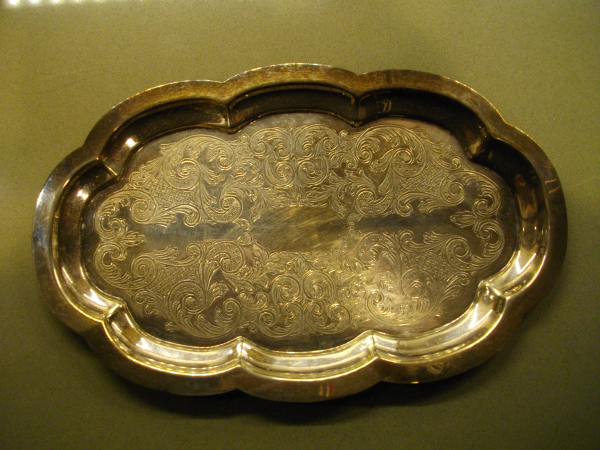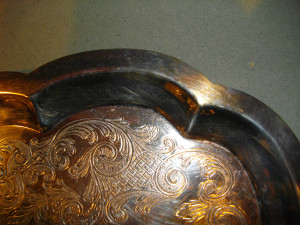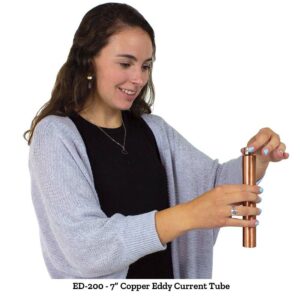 Sticking Your Nose Where It Doesn’t Belong!
Sticking Your Nose Where It Doesn’t Belong!
by Ted Beyer
At Educational Innovations, our management staff meets often to coordinate all of the goings-on here. All sorts of topics come up, both business related and science related.
More than two years ago, our Director of Operations, Ken Byrne, shared a story with us relating to his brand new travel-style coffee mug, which he had gotten as a gift. I am sure you have run into these things many times – an insulated vessel with a liquid/air-tight cap. The cap, of course, has a hole along one edge for you to drink your beverage.
The story was one of many great examples of air pressure in everyday life. It went like this –
He was trying to drink his coffee, but, every time he tried, nothing would come out. He kept thinking that he must be using his new mug incorrectly – perhaps he had missed an instruction or technique unique to this cup that was designed to help prevent spills or something. No, no, that could not be it — he could pour it out, easily enough, but whenever he brought it to his lips to drink – nothing…




 Posted by Tami O'Connor
Posted by Tami O'Connor 


 by: Norm Barstow
by: Norm Barstow